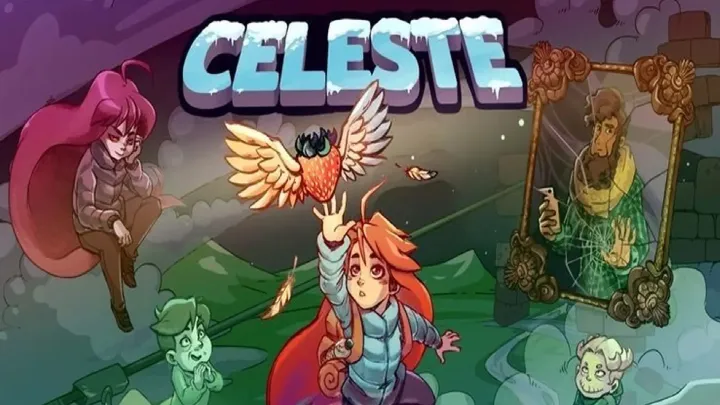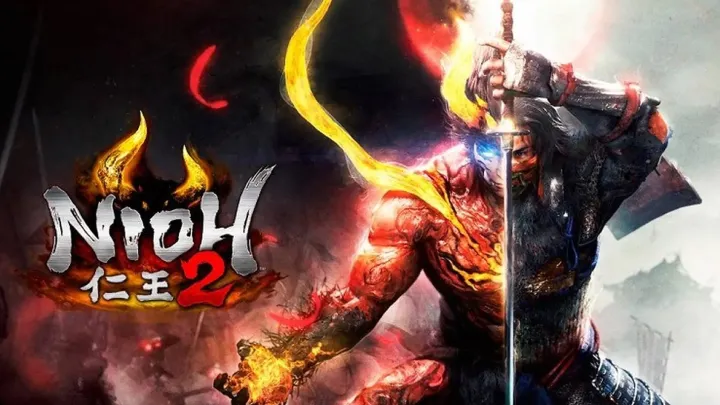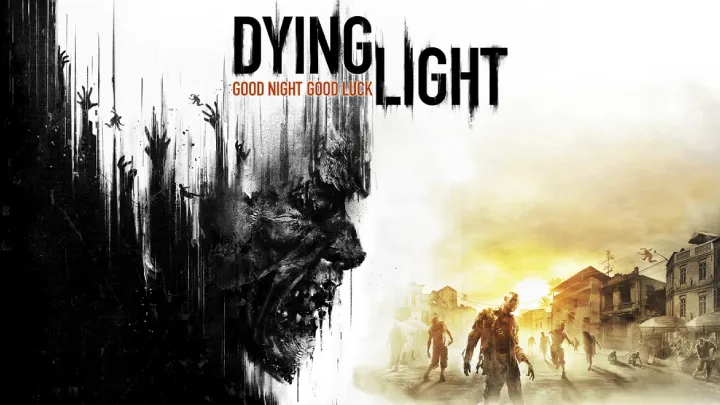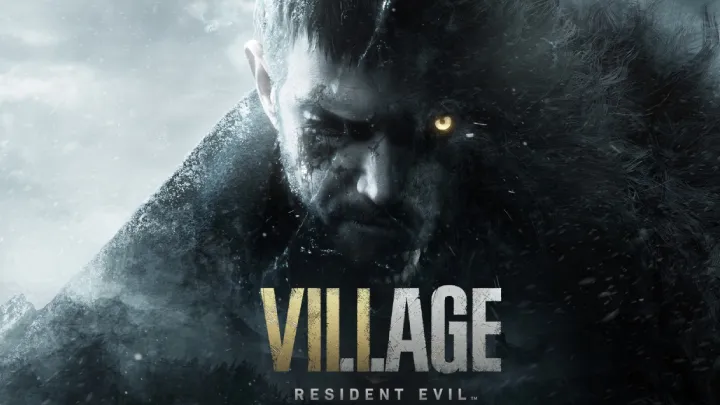Introduction
When a small indie game from Vietnam titled “Brother Hai’s Pho Restaurant” surged onto social media in late 2025, it seemed at first glance like a quirky cooking simulator: run a pho shop, serve customers, enjoy everyday life. But beneath the steaming bowls and fluorescent lighting lies a layered narrative – one that weaves Vietnamese rural culture, nostalgia, minimalist horror, and internet-virality into an experience that feels both familiar and deeply unsettling.
What this game shows us is how a seemingly mundane setting – a street-side pho stall in a village near Hanoi – can become a mirror for identity, memory and community in a digital age. It’s not just about serving bowls of noodle soup: it’s about serving culture, confronting anonymity, and revealing how ordinary spaces can hide extraordinary stories.
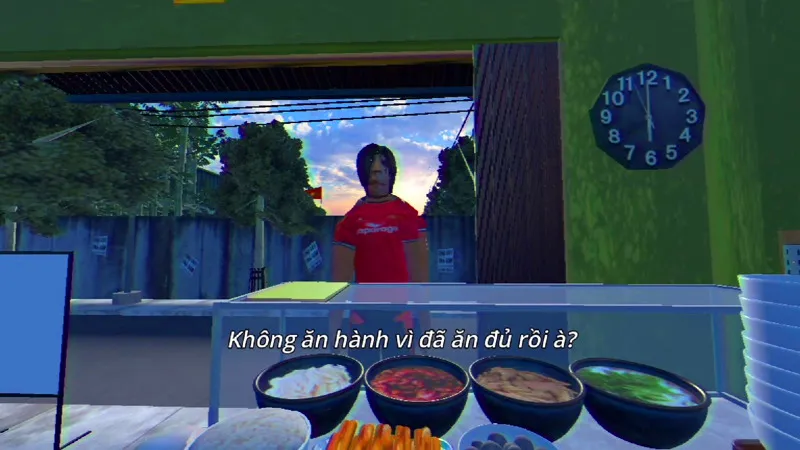
1. The Setting: Village Pho Shop as Locus of Culture
The game places you in “number 10, Đan Phượng”, a rural-fringe village in the outskirts of Hanoi. The stylised interior – tile-patterned floors, green-painted walls, plastic chairs, neon signage, wall-ads for concrete-cutting services and anti-narcotics slogans – creates a space that is instantly recognizable to many Vietnamese players.
H3: The Ordinary Made Strange
By elevating such mundane details into game architecture, the creators underscore that culture and memory reside in everyday décor. A cheap plastic chair, a bowl of broth, or a stray fan ticking overhead: they are anchors of belonging and memory.
H3: Domestic Space as Stage for Horror
Yet the setting shifts tone slowly. What begins as everyday becomes uncanny. The very familiarity of the world – the language, the décor, the small talk with customers – is what makes the horror resonate. The site of comfort becomes a site of anxiety. By placing horror in the “home of the familiar”, the game engages a deeper unease than jump-scares alone.
2. The Protagonist: “Anh Hai” and Identity in Work
You play as “Anh Hai” (Brother Hai), the owner of the pho stall – a figure who is at once anonymous and culturally specific. He is the face behind countless evenings serving bowls, but also a symbol of labour, tradition and the modern gig-economy.
H3: Work as Identity
In Vietnamese culture, the street-food vendor, the pho shop, the noodle stall are not merely places to eat: they are social hubs, markers of livelihood and micro-communities. By embodying such a worker, the game invites reflection on what work means, especially when the work is service, routine, and invisible.
H3: Performance and Mask
Anh Hai’s role becomes performative: serve customers, keep the pace, respond to demands. But as the game unfolds, his identity becomes less clear – is he the vendor, the witness, the haunted host? This ambiguity parallels how modern work blurs personhood and function.
3. The Mechanics: Serving Pho and the Time of Routine
The core gameplay loop involves cooking pho, managing orders, serving customers – tasks grounded in repetition and timing. On the surface, this might mimic “time-management” or “restaurant sim” genres.
H3: Routine as Horror
However, routine itself becomes the site of tension. The repetitive tasks lull the player into complacency, only for unexpected events to disrupt them. This jolt transforms the familiar into uncanny.
H4: The Rhythm of Service
Customers arrive, bowls must be filled, attention must be split between immersion and surveillance of the surroundings. The cadence of service mirrors the cadence of anxiety – you belong in the world, you serve it – but you also sense that something is off.
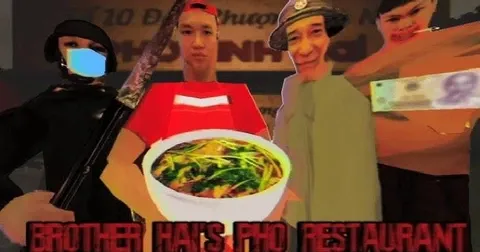
4. Cultural Specificity: Vietnamese Visual and Audio Texture
The game’s design meticulously captures Vietnamese street-food culture: from the sound of a motorbike idling outside, to neon signs, to cheap stools and plastic tea cups.
H3: Locality as Global Appeal
While rooted in Vietnamese specifics, the game’s cultural texture becomes globally readable. The authenticity doesn’t require translation; it evokes an atmosphere that foreigners also “feel”. One non-Vietnamese player wrote, “I didn’t understand everything, but I felt like I’d stepped into real Vietnam.”
H4: Nostalgia and the Digital Age
The décor evokes older Vietnam: equipment that might be considered “dated”, signage carrying services like “drilling of concrete”, a random dog sleeping in the corner. In an era of rapid urban change, such imagery carries nostalgia for a vanishing everyday life.
5. The Viral Phenomenon: From Indie Game to Social Trend
The emergence of “Phở Anh Hai” into internet virality is part of the story. In November 2025, search terms like “Phở Anh Hai” and “10 Đan Phượng” spiked on Google Trends, and a fake Google Maps listing was created overnight.
H3: Virtual Location, Real Buzz
A non-existent restaurant became a real world spot of curiosity. Streamers tried exploring it, social media users “visited” it. The game blurred the line between virtual and actual space.
H4: Internet Meme-Economy Meets Cultural Artifact
The charm of the game lies not only in its mechanics, but in its memetic potential: the weirdness of “phở không người lái” (“driverless pho”), the dog “Cậu Vàng”, the absurd menu items—all gave social media fodder. It reminds how culture now circulates through games, video, memes.
6. Horror Through Mundanity: Underlying Tension
Though the game appears as a light restaurant simulator, it shifts genres: hints of horror, secret endings, unsettling events. It becomes a “horror-simulation” according to some descriptions.
H3: Subtlety Over Shock
Rather than explicit gore, the horror arises from the everyday mutated: the laughter of customers pauses, lights flicker, voices whisper, a dog appears unexpectedly. It’s the overlap of comfort and threat.
H3: Cultural Fear, Not Generic Fear
The ambient fear is entangled with Vietnamese rural life: isolated village nights, stale tea cups, distant motorbikes, the servant-host relationship. The horror is culturally specific, which makes it more resonant.

7. Background of Development: Indie Spirit and Cultural Expression
“Brother Hai’s Pho Restaurant” was developed by a Vietnamese indie creator with nom de plume “marisa0704”, using Godot Engine.
H3: Low-Budget, High Impact
With minimal graphics and a small team, the game shows how indie development can create waves. It is less about visual spectacle and more about atmosphere, cultural fidelity and concept.
H3: Expression of Identity
The developer’s choice to base a game on a pho stall isn’t gimmick: it is a statement about the everyday Vietnamese experience. In doing so, it contributes to the expanding global narrative of non-western indie games.
8. The Community and Reception: How People Engage
Players on Reddit and other forums describe the experience as “I felt like I was in a Vietnamese neighborhood I knew, but also something was wrong.”
H3: Streamer Culture and Reaction Videos
It became a viral watch-loop: people loading the game, stepping into food prep, then reacting to weird events. The game therefore lives partly as spectacle on YouTube and TikTok, beyond the actual playtime.
H4: Multiple Endings and Social Sharing
With multiple endings and hidden clues, players are encouraged to share findings, screenshots and theories. The sharing of “I found this weird dog-statue behind the counter” becomes a collective culture.
9. Themes of Labor, Community and Change
At its core, the game deals with labour (working a night shift in a food stall), community (customers, neighbours), and change (what happens to village life when you add horror or digital media).
H3: The Worker’s Night
Anh Hai’s role is that of a night worker. The quiet hours, the routine, the fatigue of serving bowls late-night all mirror urban-rural transitions, urbanisation and changing labour conditions in modern Vietnam.
H3: Community Under Pressure
The game posits that community spaces like pho stalls are under threat—not only from globalisation, but from the passage of time. By turning one into a game stage, it asks: what happens when tradition becomes a spectacle?
H4: Memory, Place and Loss
By reviving the décor of older Vietnamese eateries, the game invokes collective memory. The unsettling twist suggests that these memories are at risk of being commodified or lost.
10. The Digital-Physical Boundary: Virtual Food, Real Effects
One of the most fascinating aspects is how a virtual pho shop caused real internet ripple effects: trending searches, “ghost” Google map listings, players “visiting” the fictional location. H3: Game as Social Phenomenon
When a game about pho becomes headline news, we see the convergence of gaming, food culture and internet meme ecology. It becomes less about playing and more about “experiencing” a cultural object.
H4: Real-World Impact of an Indie Game
The fact that the virtual restaurant inspired real world visits, curiosities and social media posts shows the porous boundary between play and life in 2025. Culture is no longer compartmentalised.
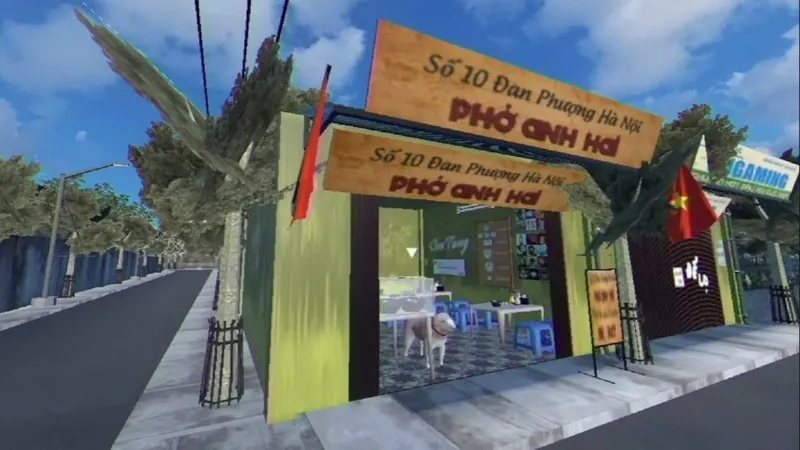
Conclusion
Brother Hai’s Pho Restaurant is a deceptively simple game on its surface—a pho stall, a bowl of soup, a night shift. But through its precise cultural detail, subtle horror touches, and unexpected internet virality, it becomes a vessel for deeper reflection: about work, tradition, change, community and the digital age.
It reminds us that food culture is more than taste—it’s memory, identity and place. It shows how even the most ordinary site (a humble pho stall) can become extraordinary when reframed.
In 2025, when global gaming often chases spectacle, this indie Vietnamese game proves that spectacle can be found in the everyday—and that the everyday can be shocking, beautiful, nostalgic, and haunting all at once.













